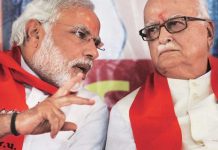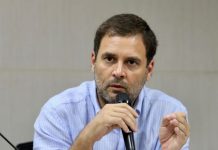
Photo:AP
ON THE morning of September 27, 2001, Shahid Badr Falahi, a doctor of the alternative medicine system of Unani and the president of the Students’ Islamic Movement of India (SIMI), sat with a few colleagues in the SIMI office in a Muslim neighbourhood of South Delhi, wondering what’s next. Fatigued from two weeks of public meetings across Uttar Pradesh from where he had returned only the previous night, Falahi had just finished speaking with SIMI’s office-bearers across India. Using the local STD booth as his office phone had been dead for hours, call after call fetched an echo: anxious SIMI activists in Mumbai, Lucknow, Indore, Kolkata, Chennai, Kozhikode, Patna and other cities said the police had sealed their offices the previous night without explanation. At 4 pm, Falahi got to know why. The television news announced that the Union Home Ministry had invoked a 1967 law against “unlawful activities” and banned SIMI for two years with immediate effect.
“The nature of this organisation had become apparent and preliminary information sent by various state governments only confirmed its tendencies,” LK Advani, then Union Home Minister, told reporters that evening. The notification his ministry issued that day banning SIMI qualified Advani’s assertion. “SIMI has been indulging in activities which are prejudicial to the security of the country and have the potential of disturbing peace and communal harmony and disrupting the secular fabric of the country,” the terse, six-paragraph notification said, strongly suggesting that the government had a watertight case against SIMI with unchallengeable proof. Read More >












